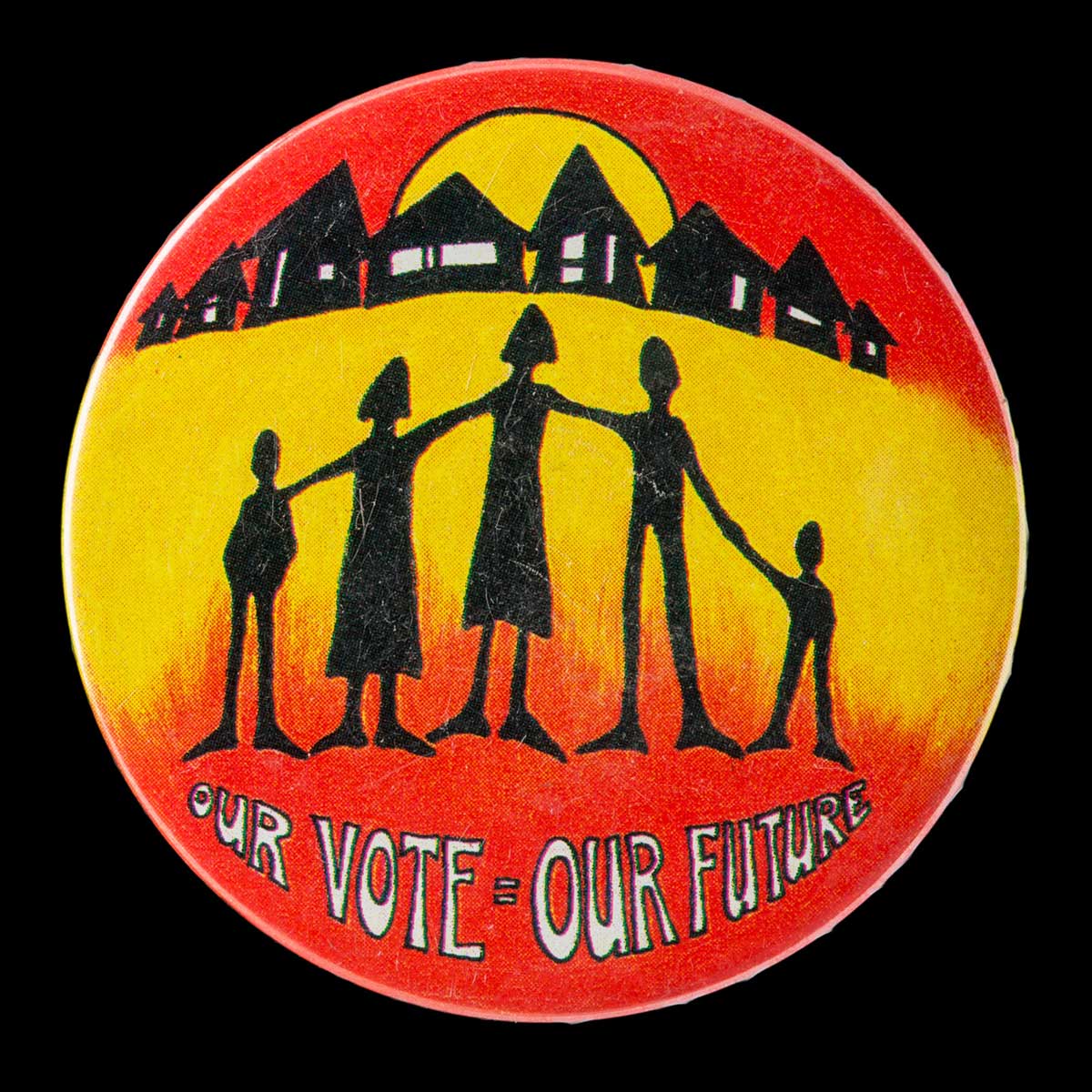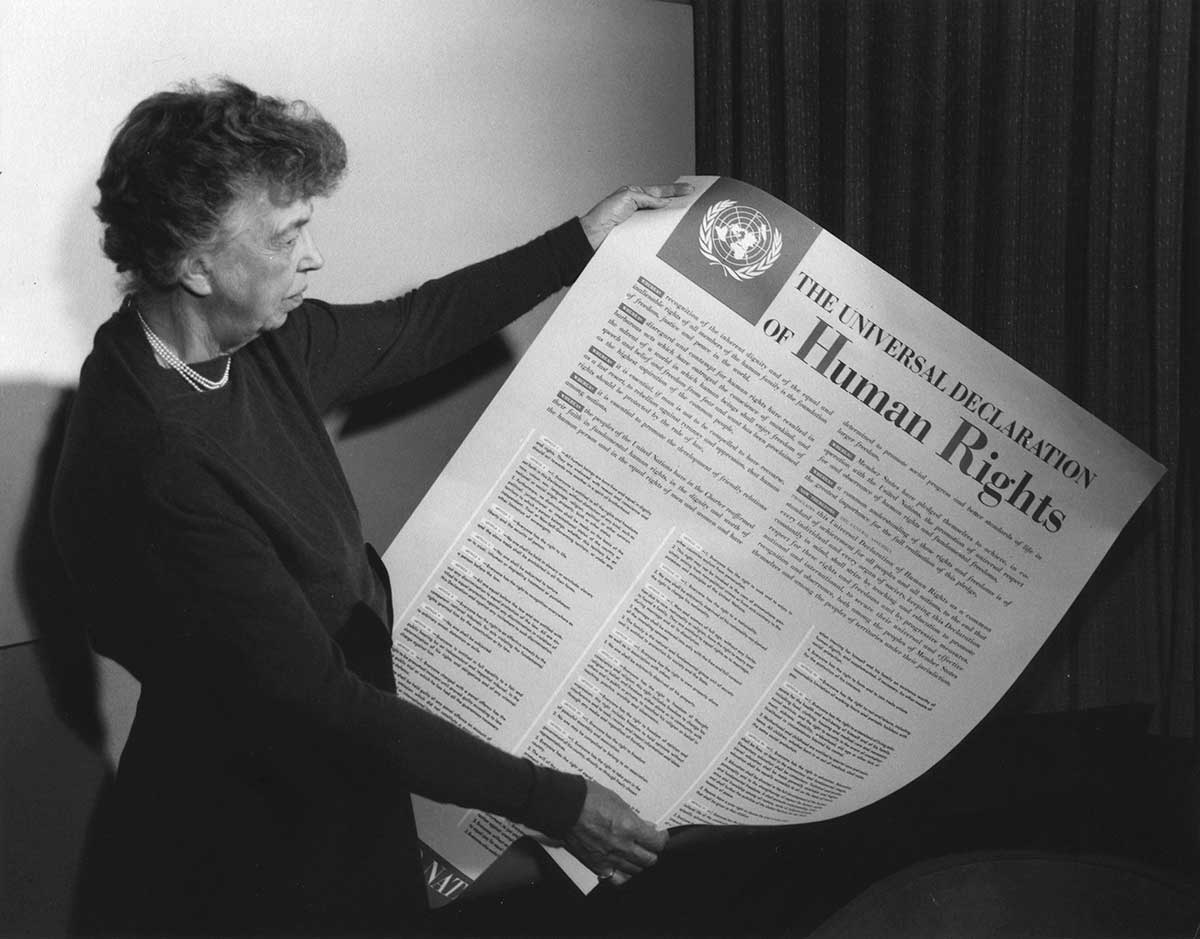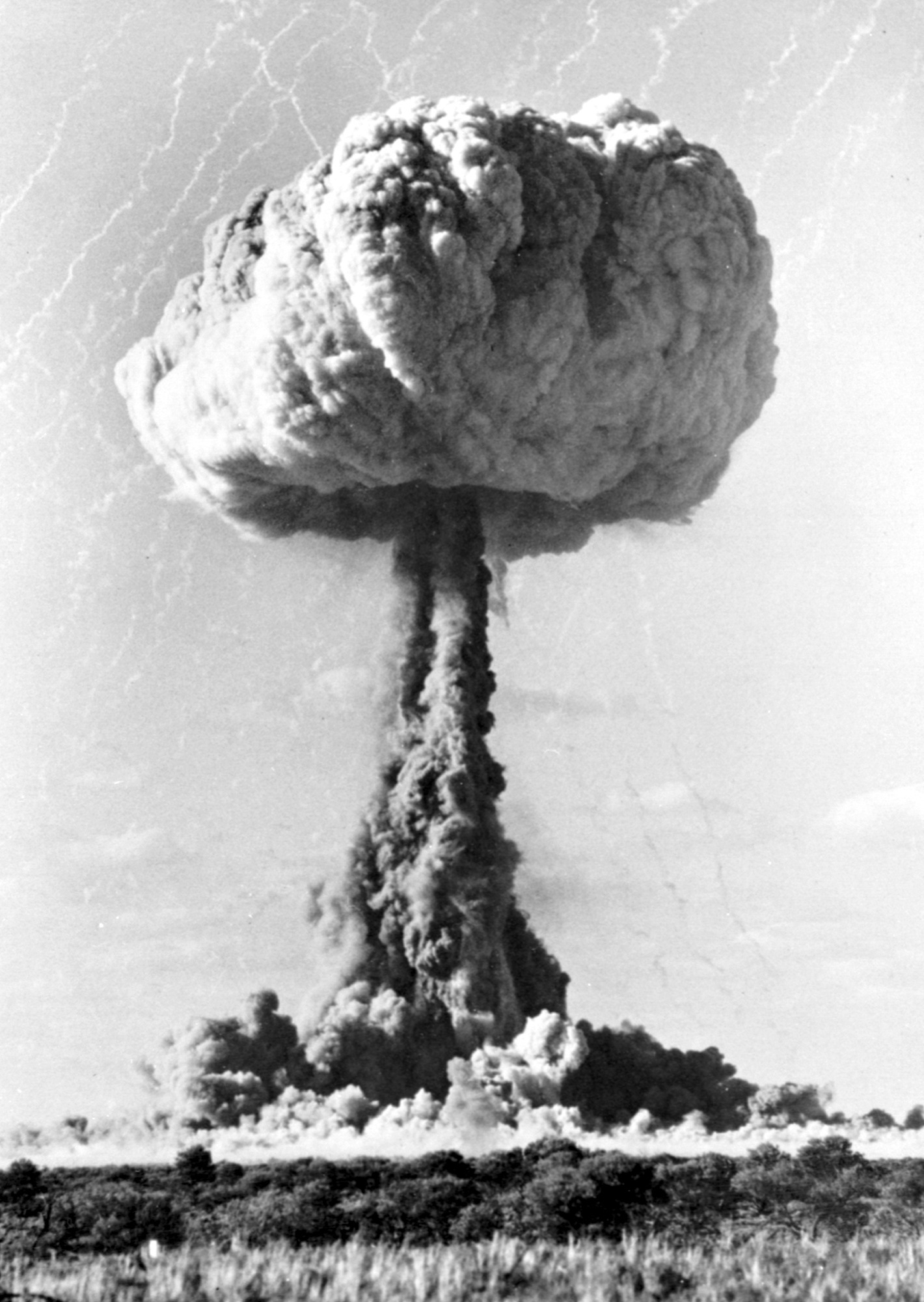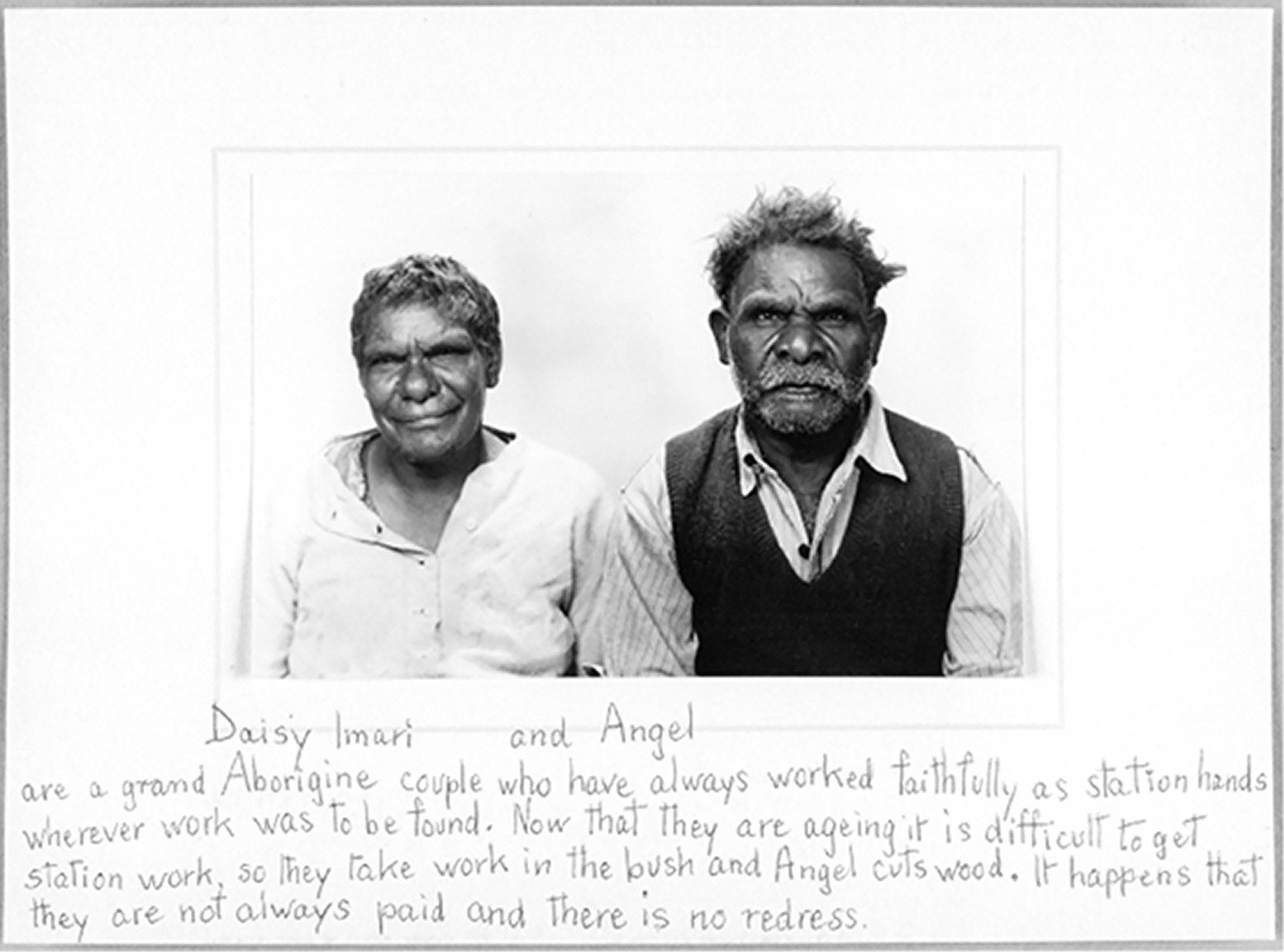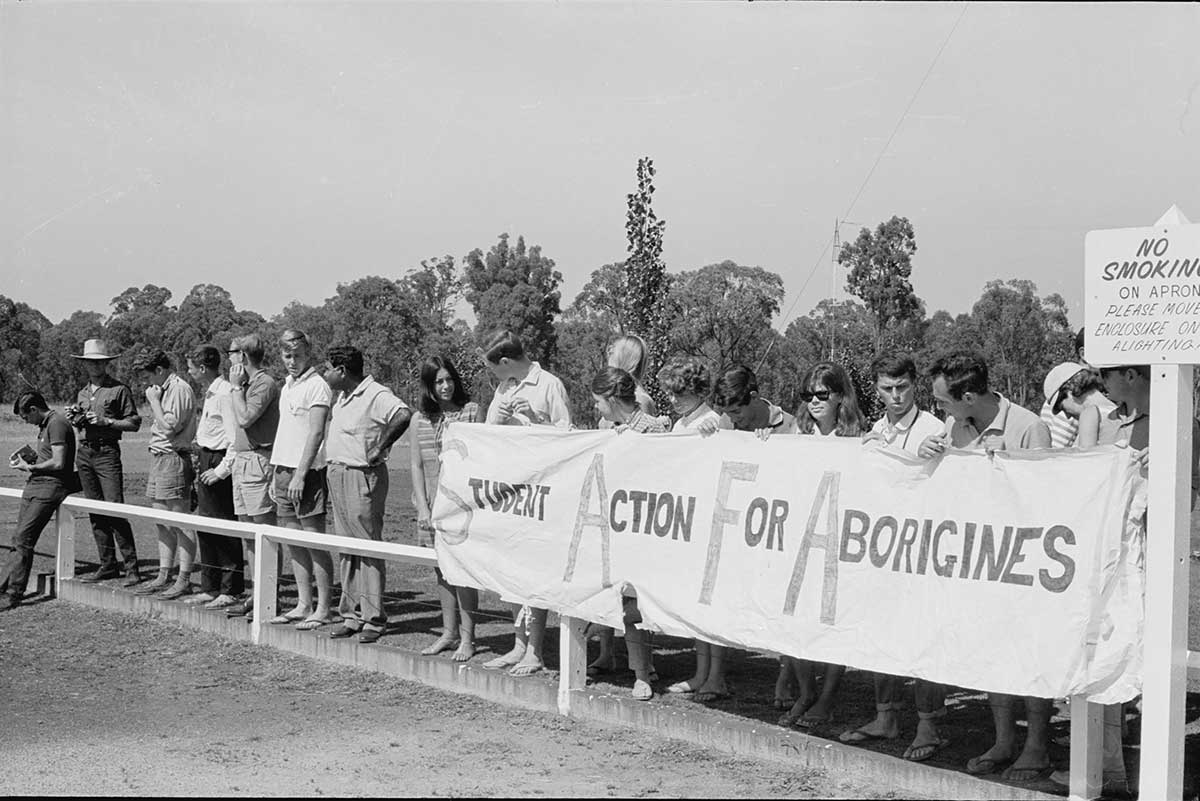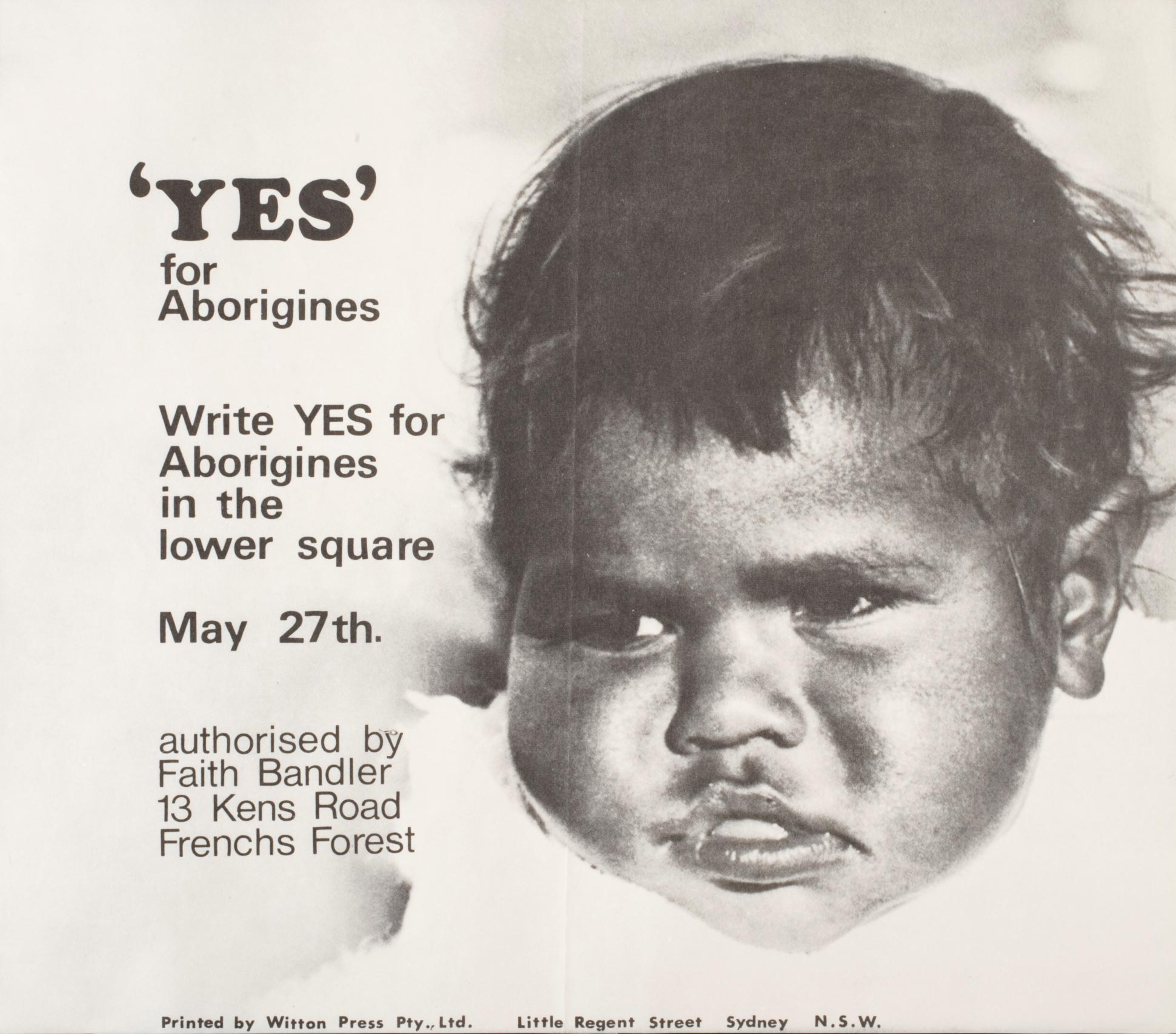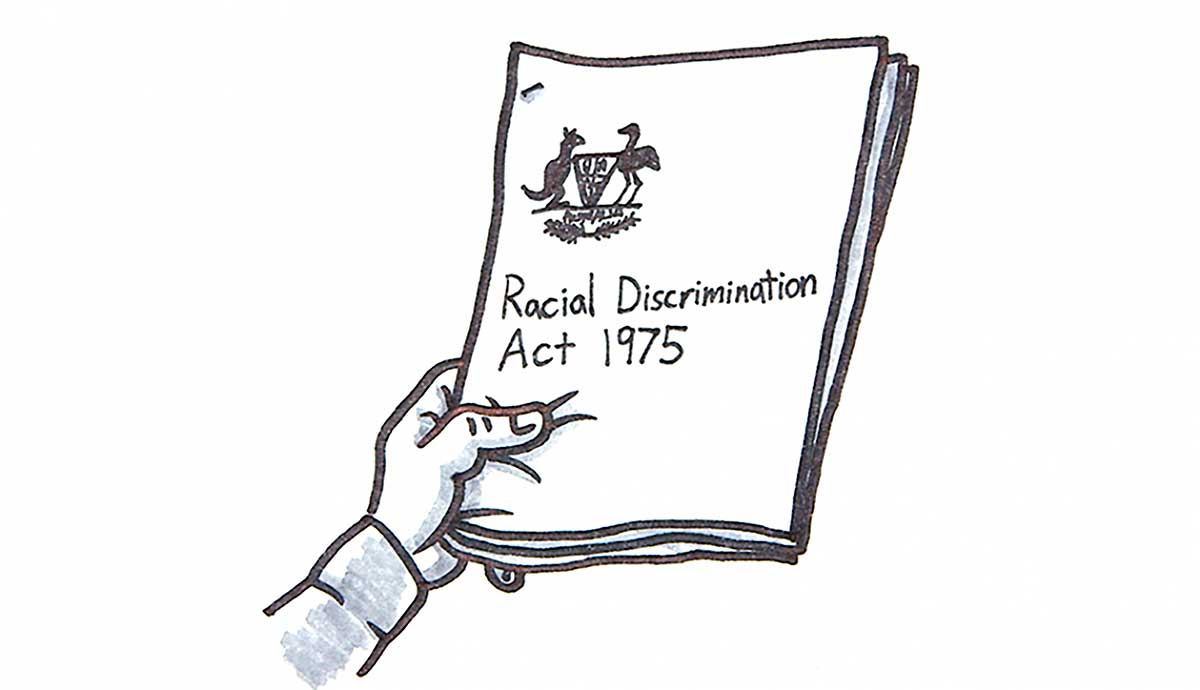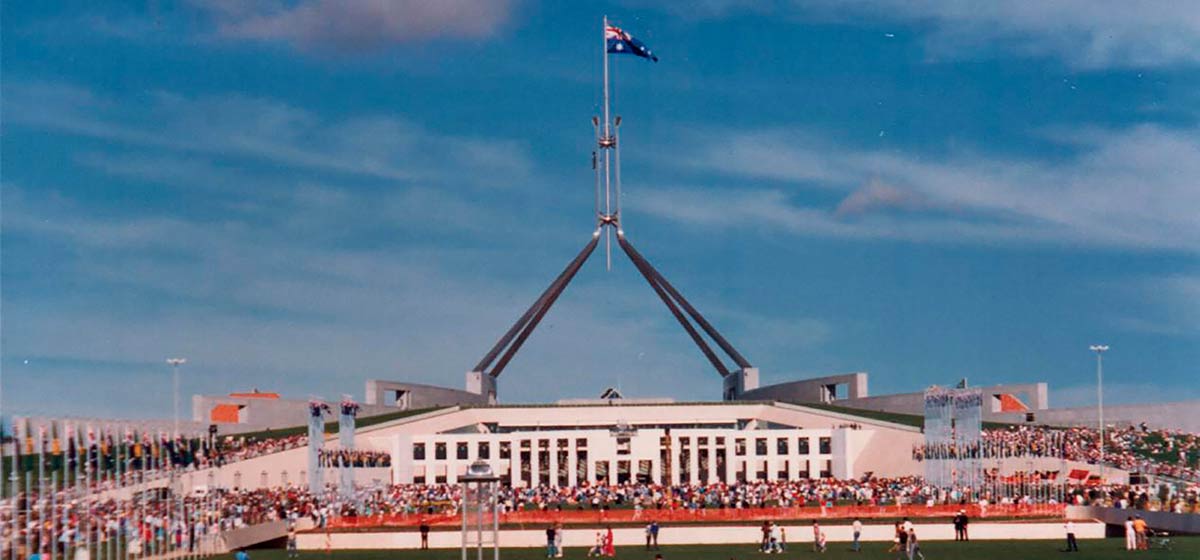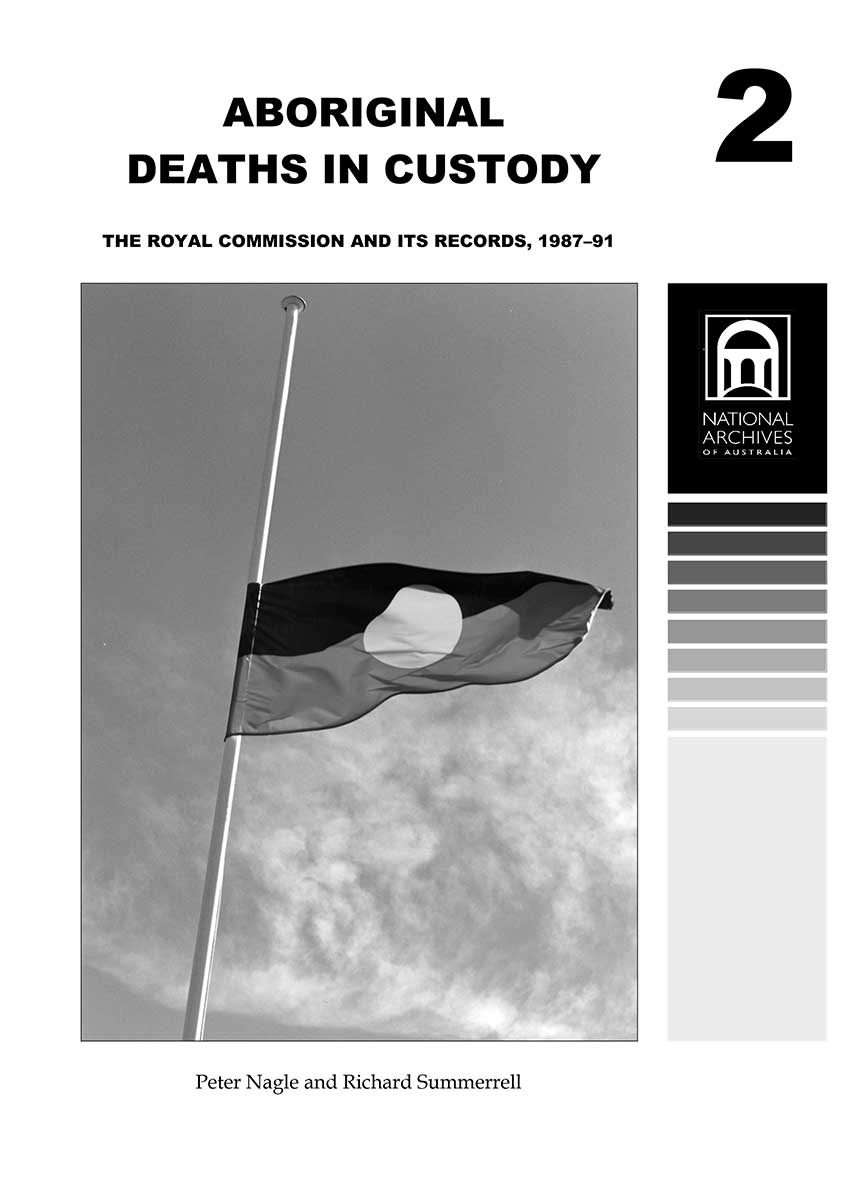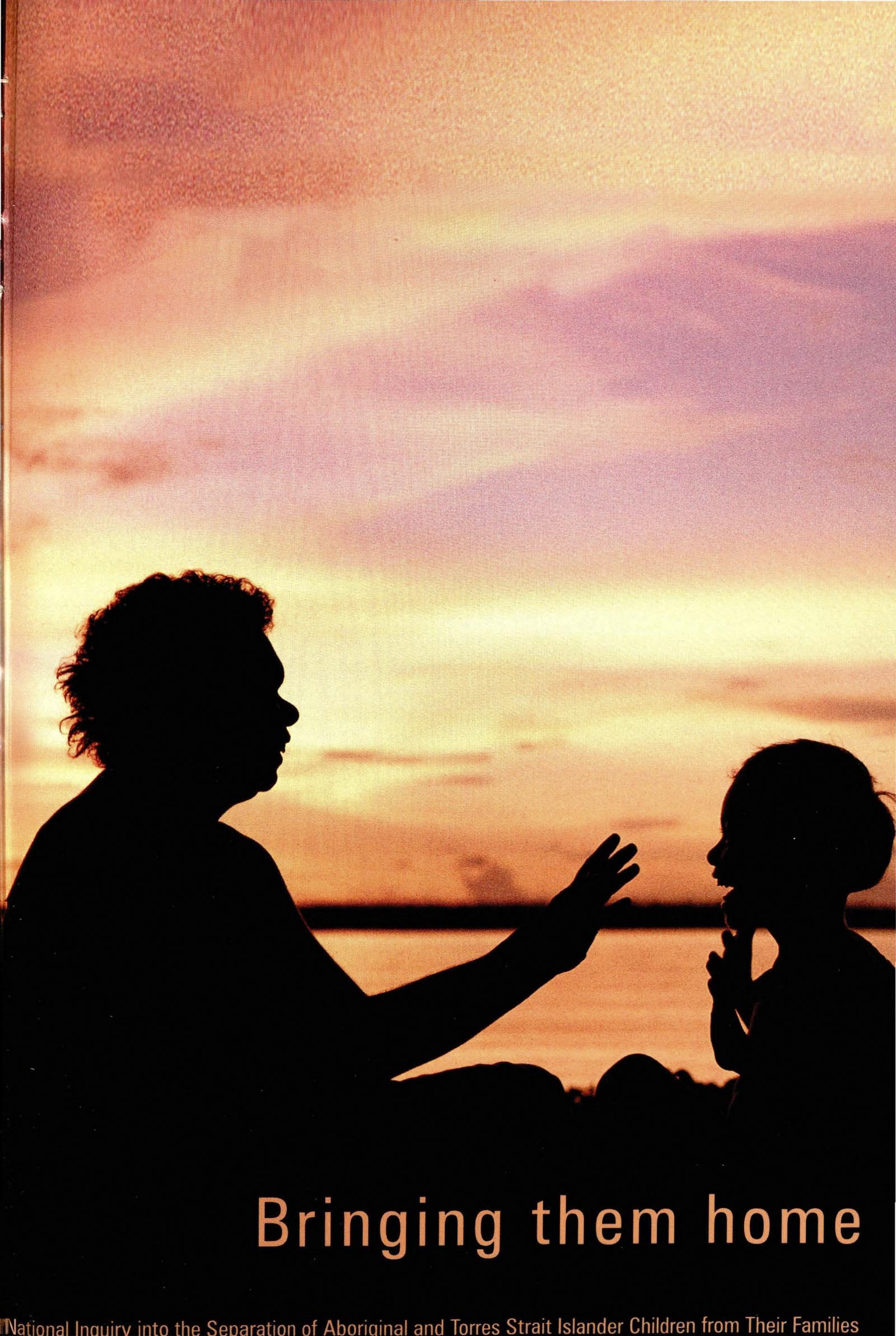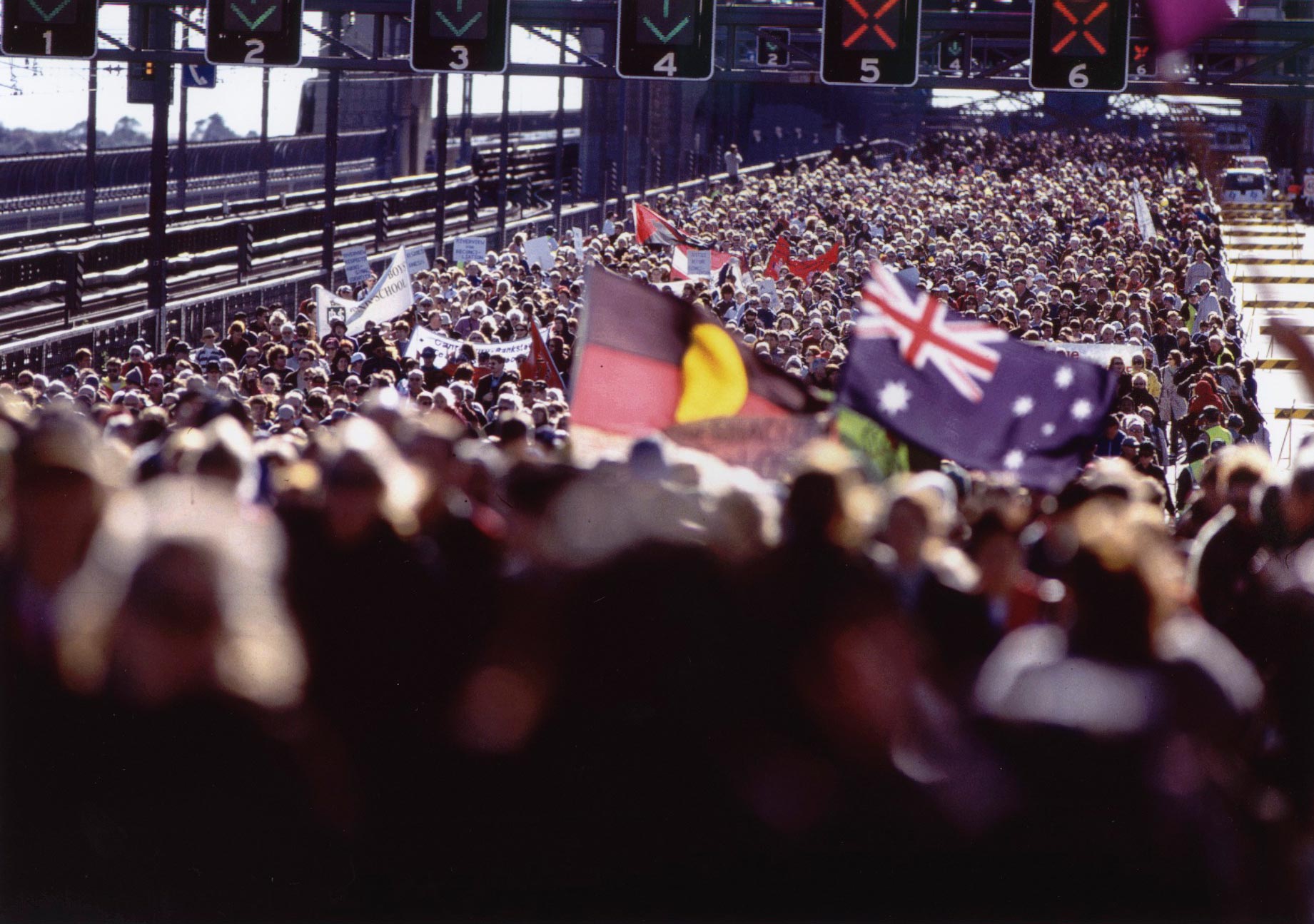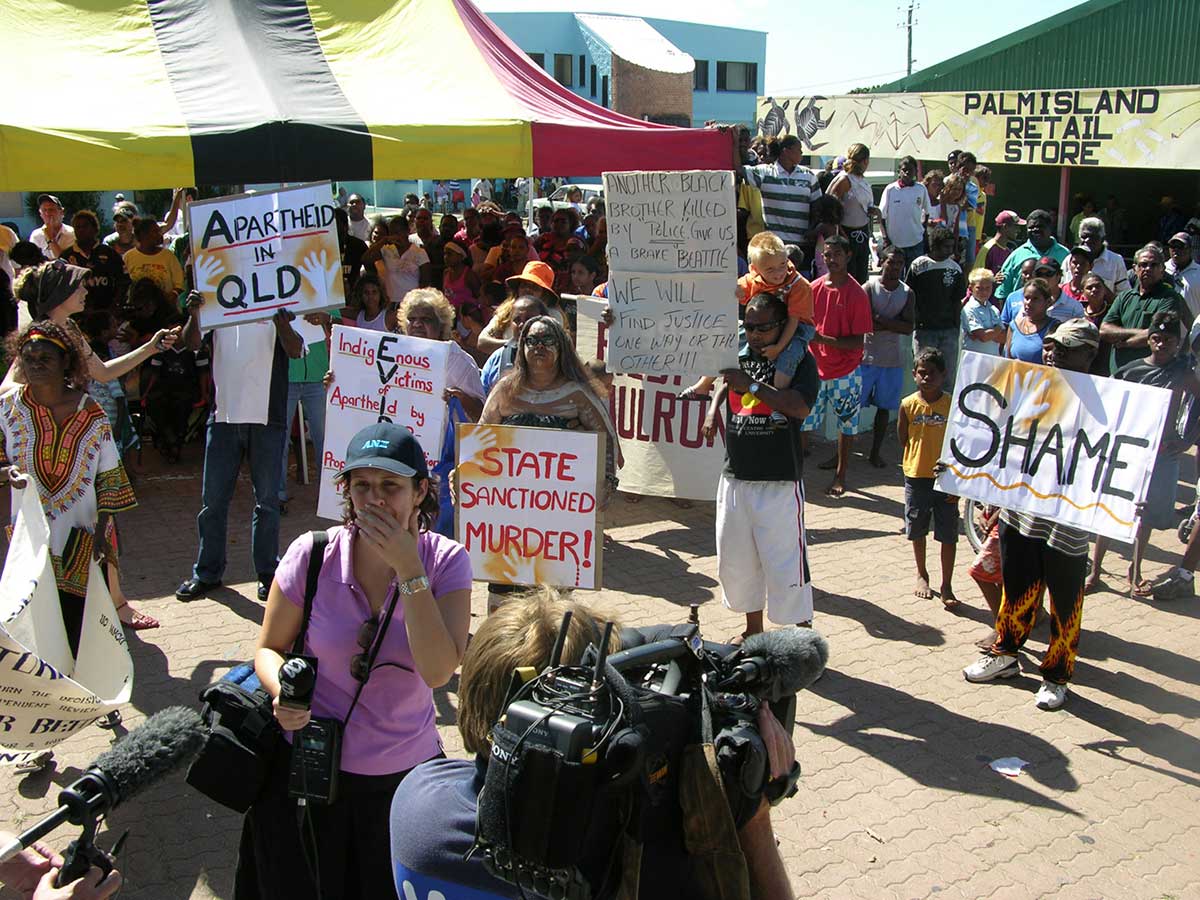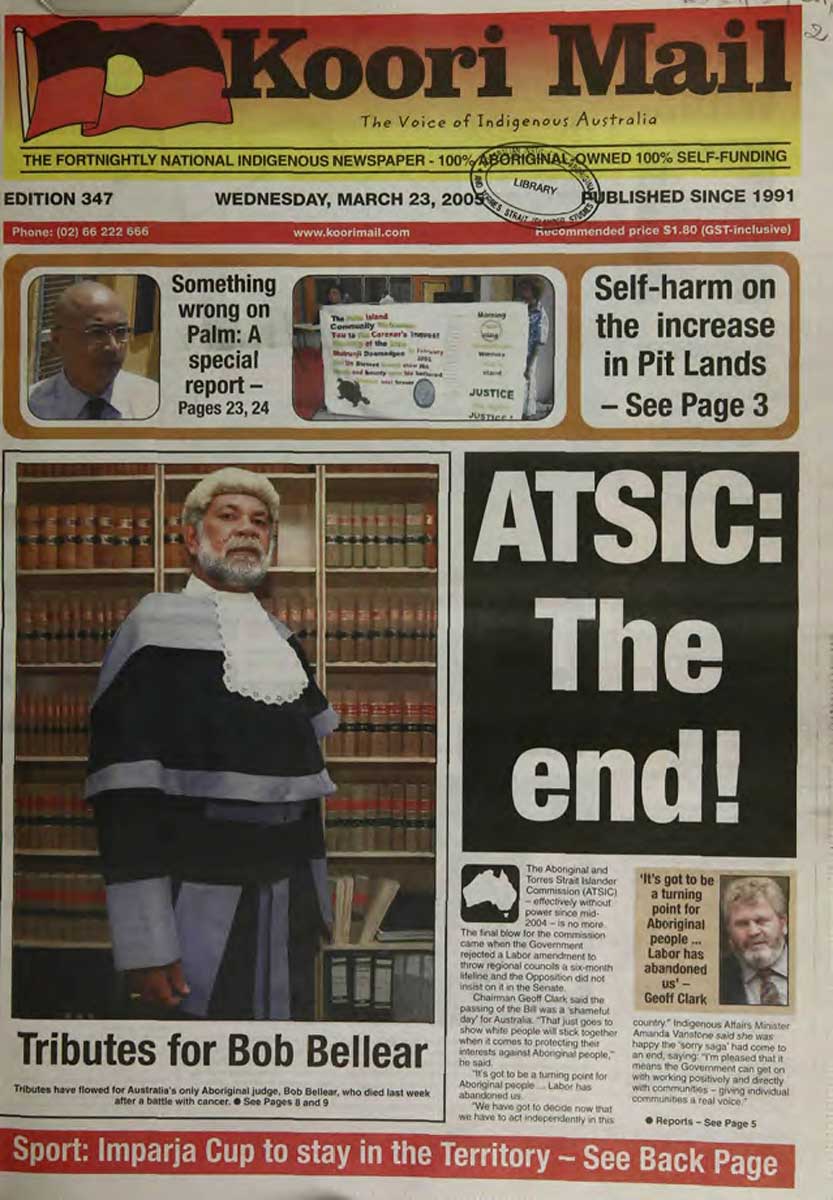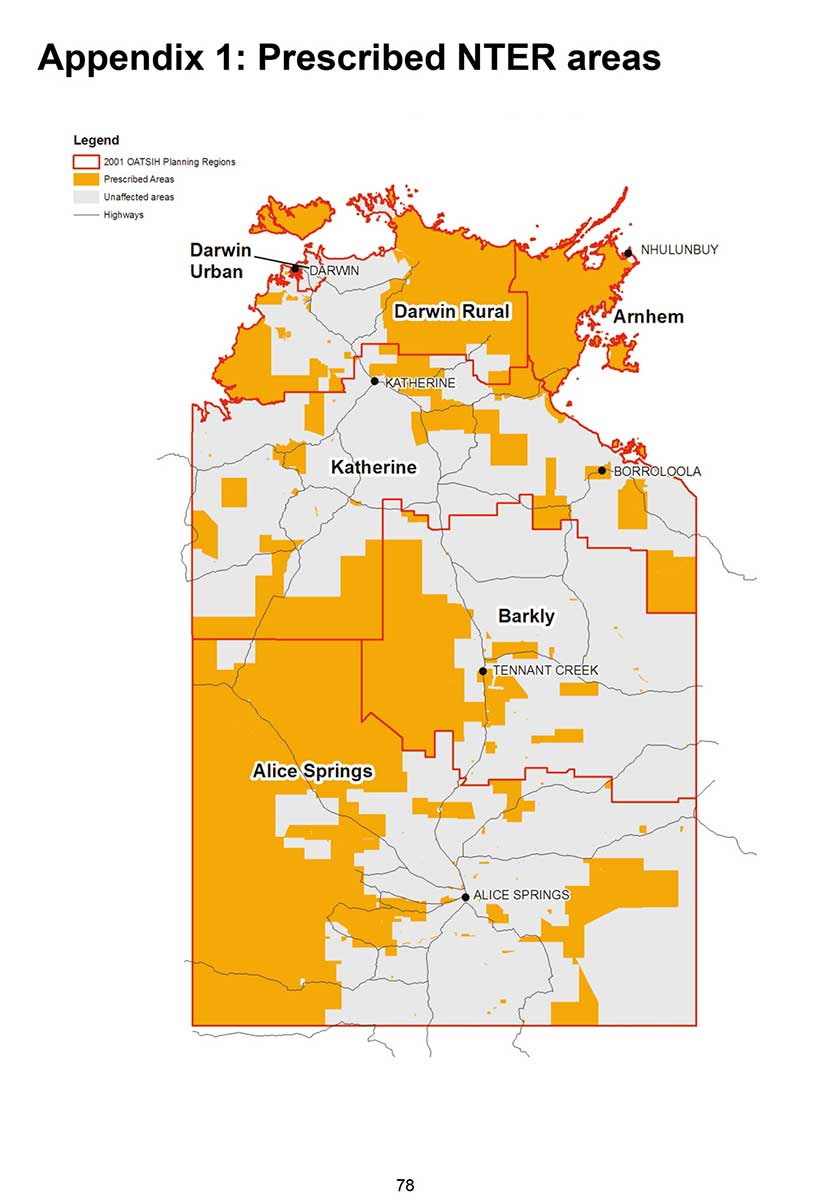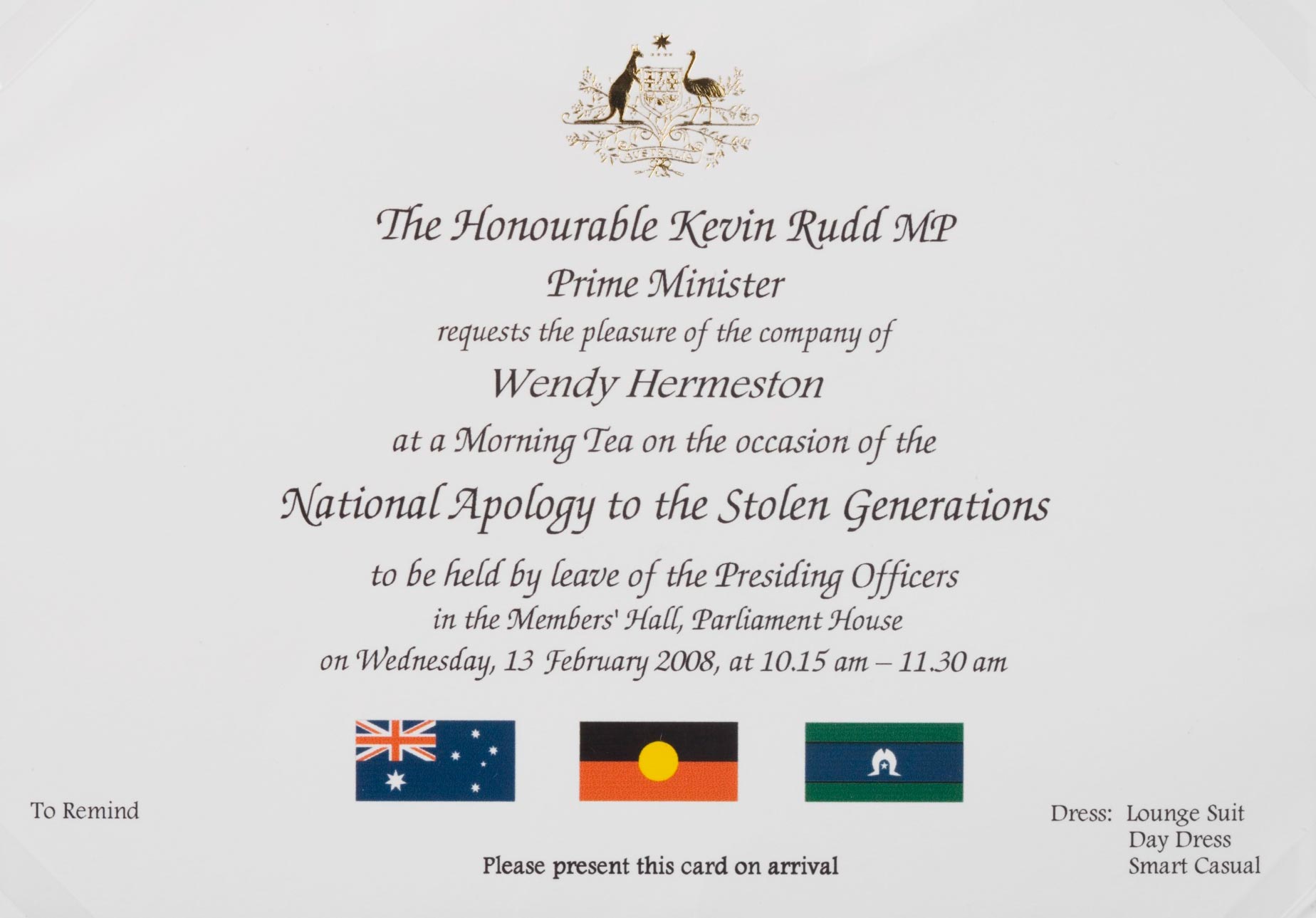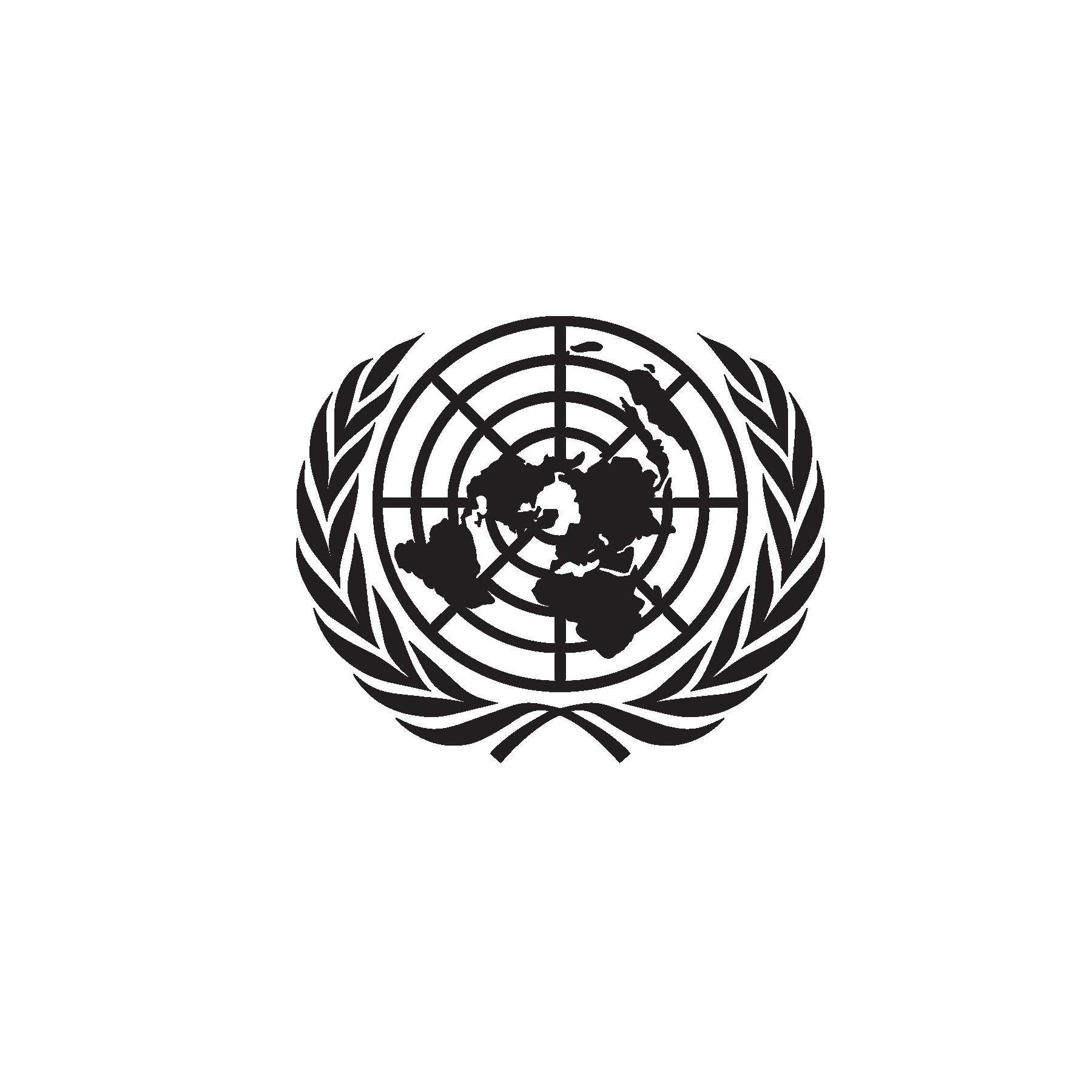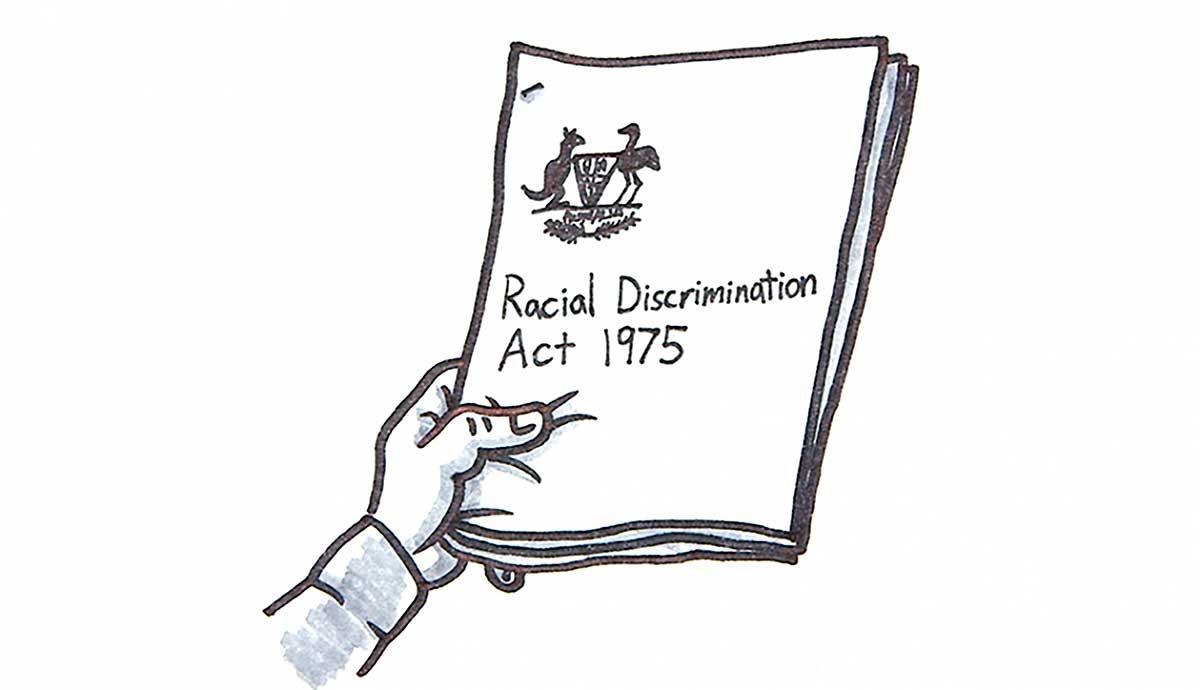Learning module:
Rights and freedoms Defining Moments, 1945–present
Investigation 1: Exploring Aboriginal and Torres Strait Islander rights through key Defining Moments
1.12 1972 Aboriginal Tent Embassy
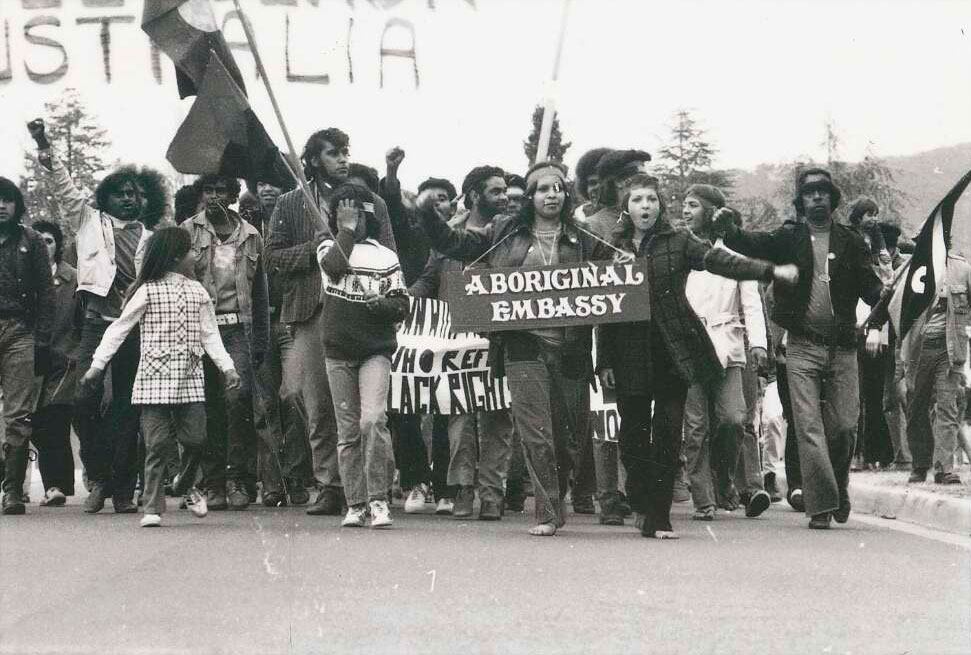
It is 1972.
It is a time of increasing protest by Aboriginal and Torres Strait Islander Australians, often led by younger people. Young Aboriginal activists are influenced by the direct actions of the American civil rights movement, and by people like Malcolm X, Muhammad Ali, Rosa Parks, the Black Panthers and Dr Martin Luther King Jr.
Will direct protests against and resistance to government laws and policies lead to confrontations or cooperation?
Read the information in the Defining Moment in Australian history: 1972 Aboriginal Tent Embassy established in front of Parliament House, Canberra and answer the questions that follow.
1. What is the Aboriginal Tent Embassy?
2. Why was it called an ‘embassy’?
3. What legal and political decisions was it a response to?
4. Who was involved in this protest action?
5. What did the protesters want?
6. What support and what opposition was there to the protest?
7. What was the significance of the establishment of the Aboriginal Tent Embassy for Aboriginal and Torres Strait Islander people’s rights?
8. How would this event have influenced the development of Aboriginal and Torres Strait Islander people’s rights over time?






